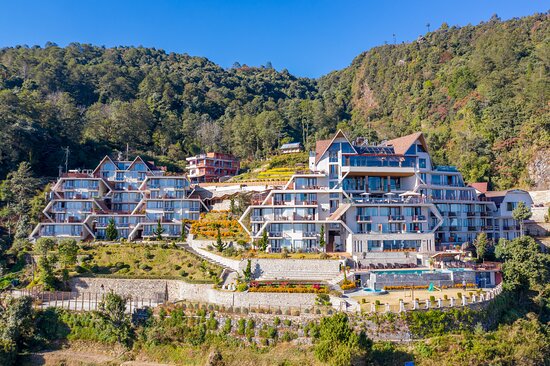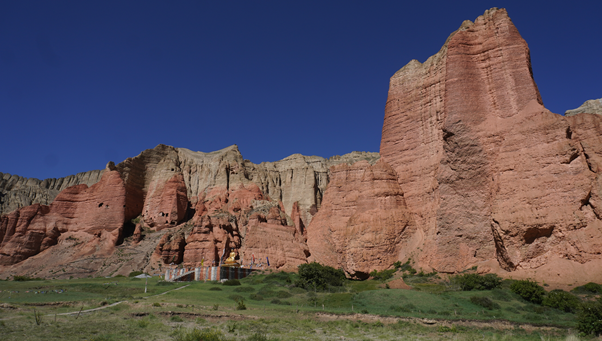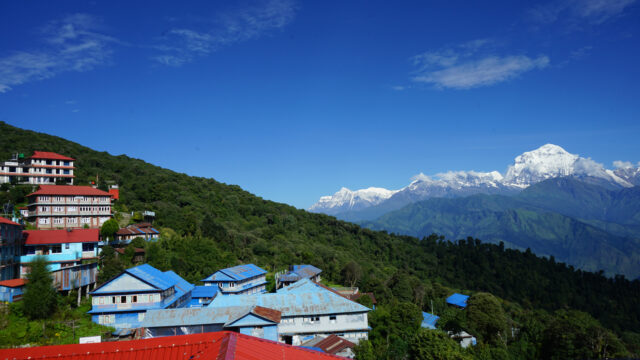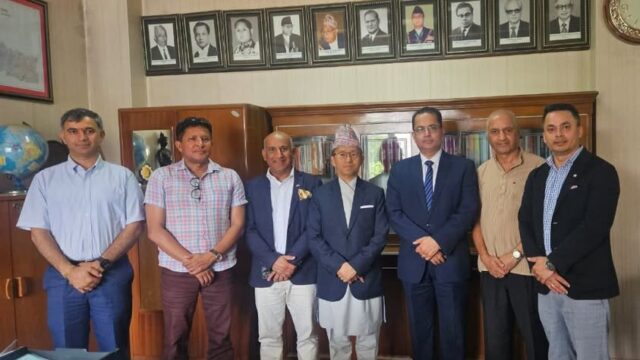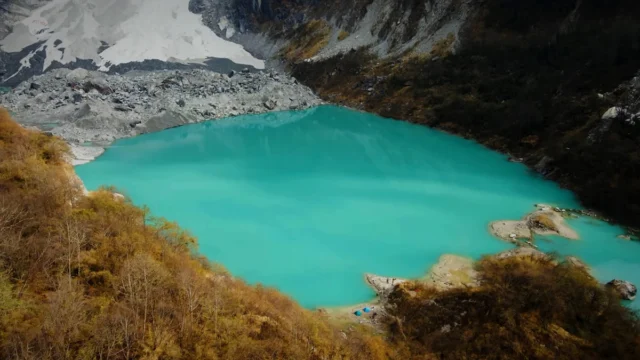Tourism has emerged as a significant driver of economic development in Nepal, particularly influencing rural and remote areas. While it brings economic benefits, it also poses challenges that need to be managed carefully.
In rural and remote regions of Nepal, tourism has played a pivotal role in economic growth. Areas such as the Annapurna and Everest regions have witnessed substantial economic activity due to the influx of trekkers and mountaineers. Local businesses, including guesthouses, restaurants, and tour agencies, have seen increased patronage, providing a steady income for local entrepreneurs. This boost in economic activity has led to job creation and improved infrastructure, with better roads and communication facilities connecting these remote areas to broader economic networks.
Tourism has spurred the development of local crafts and products. Handicrafts, traditional garments, and local cuisine have gained popularity among tourists, contributing to the preservation and promotion of Nepali culture while generating additional income for artisans and farmers.
Tourism has also facilitated cultural exchange, allowing local communities to showcase their traditions and heritage. Festivals, rituals, and traditional practices are often highlighted and celebrated with tourists, fostering a sense of pride and cultural preservation. This exchange helps to promote mutual understanding and respect between locals and visitors.
However, the rapid influx of tourists can lead to cultural dilution and the commercialization of traditional practices. There is a growing concern that the authentic cultural experiences might be altered to cater to tourist expectations, potentially eroding the unique cultural heritage of these communities.
The environmental impact of tourism in rural areas is a significant concern. Increased foot traffic in fragile ecosystems can lead to soil erosion, deforestation, and pollution. The waste generated by tourists, including plastics and non-biodegradable materials, poses a threat to the natural beauty and sustainability of these areas.
To address these issues, local authorities and tourism operators are increasingly focusing on sustainable tourism practices. Initiatives include waste management programs, eco-friendly accommodation, and conservation efforts aimed at preserving natural landscapes and wildlife.
Efforts to balance economic growth with sustainability are crucial for the long-term benefits of tourism. Policies and regulations are being developed to ensure that tourism development aligns with the needs of local communities while minimizing negative impacts. Community-based tourism models are being promoted, allowing locals to have a more significant role in decision-making processes and ensuring that tourism benefits are equitably distributed.
Tourism continues to be a double-edged sword for rural and remote areas of Nepal. While it provides economic opportunities and promotes cultural exchange, it also brings challenges related to environmental sustainability and cultural preservation. As Nepal continues to attract tourists, a concerted effort towards sustainable practices and community involvement will be essential to maximizing the benefits of tourism while minimizing its adverse effects.
